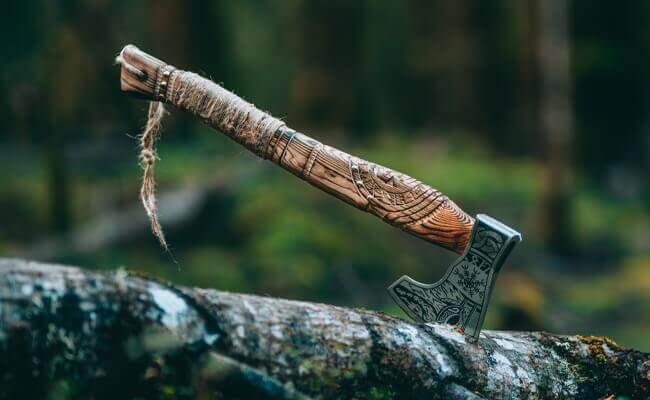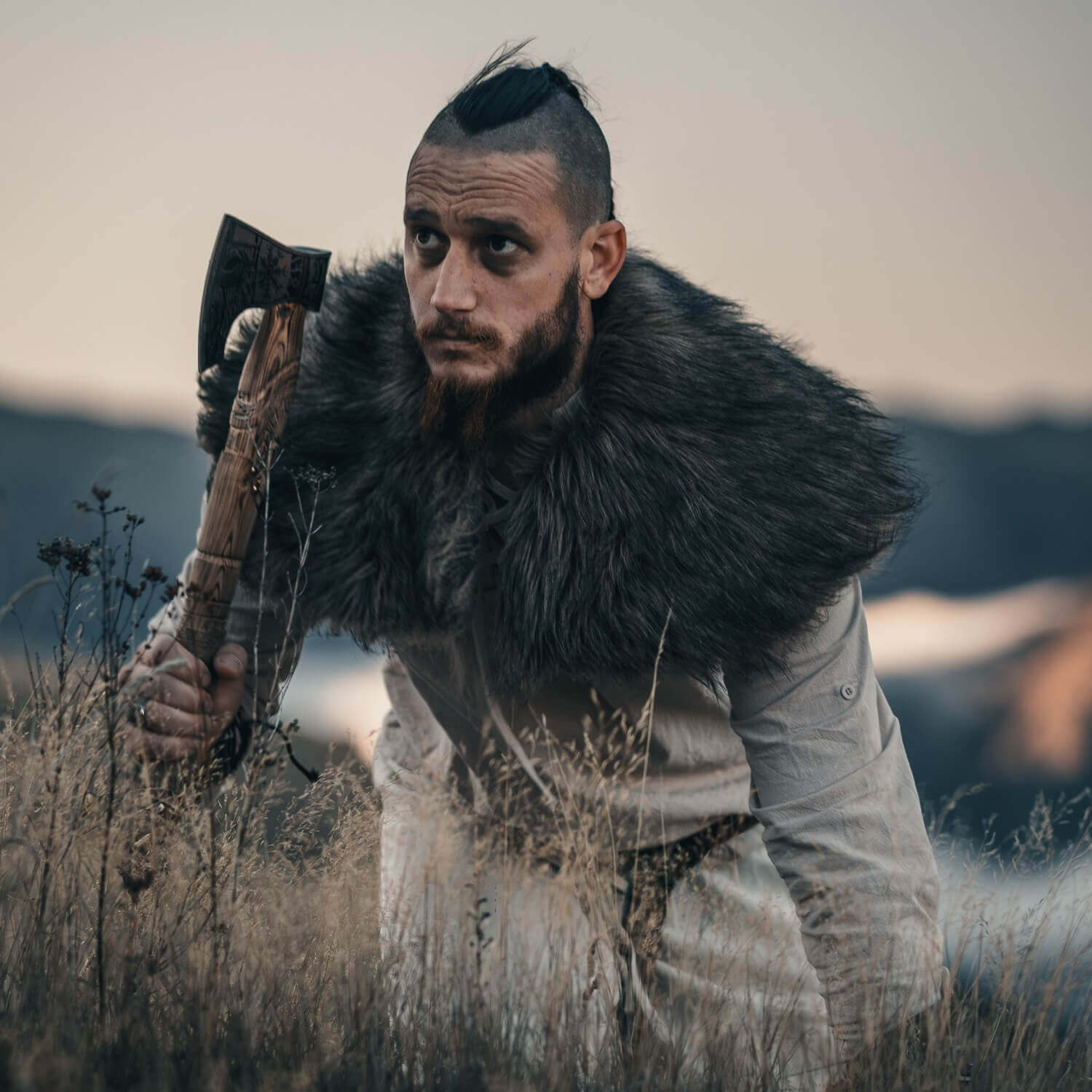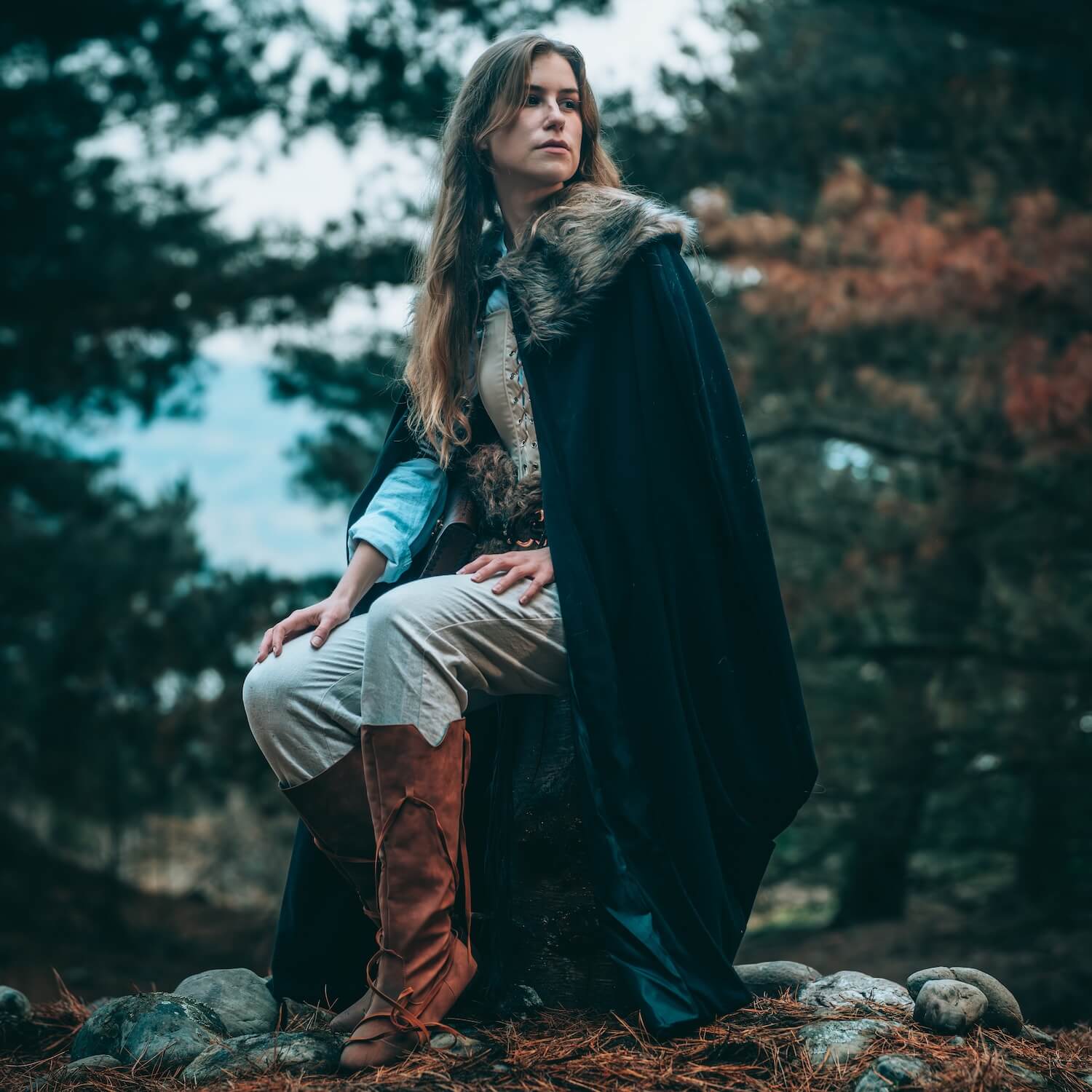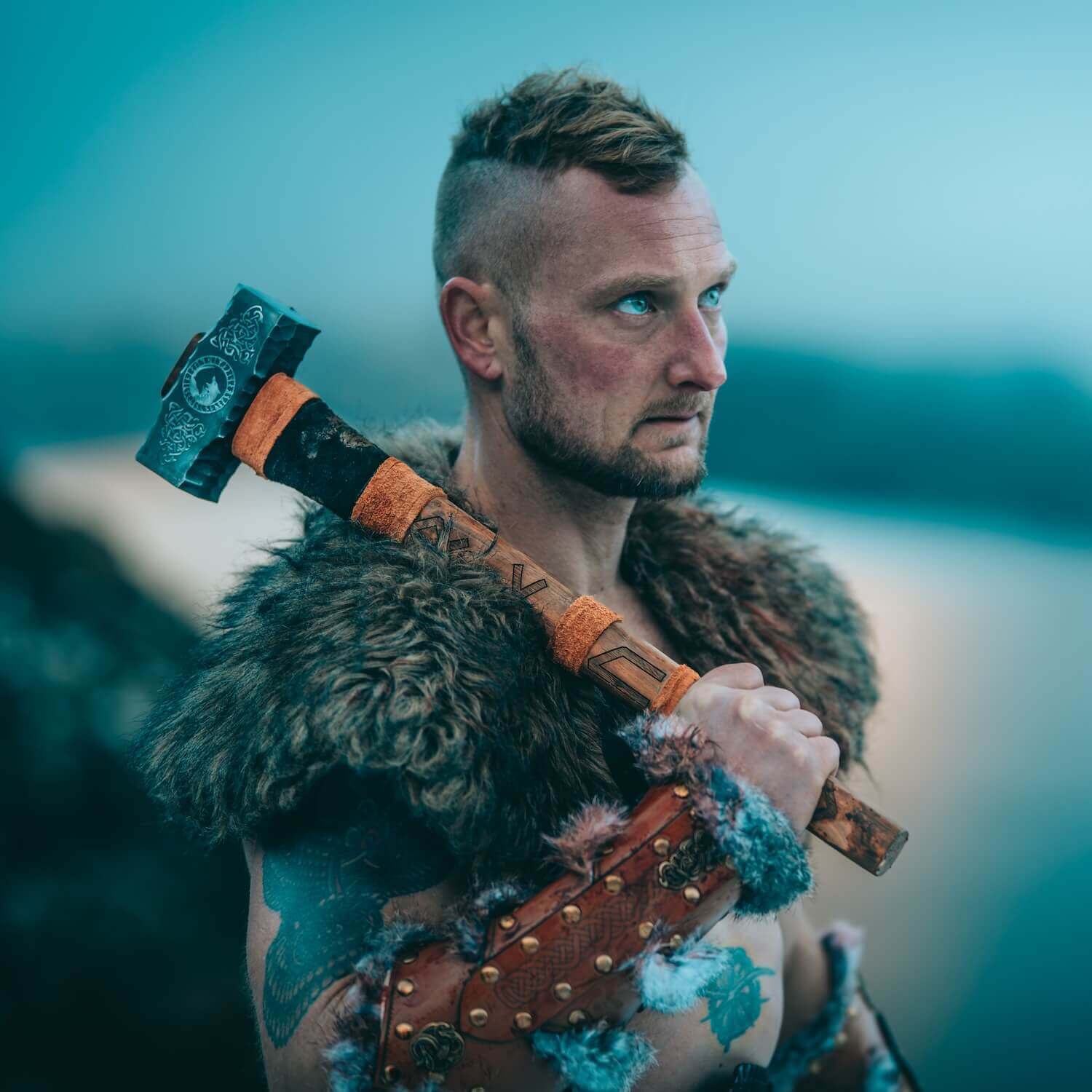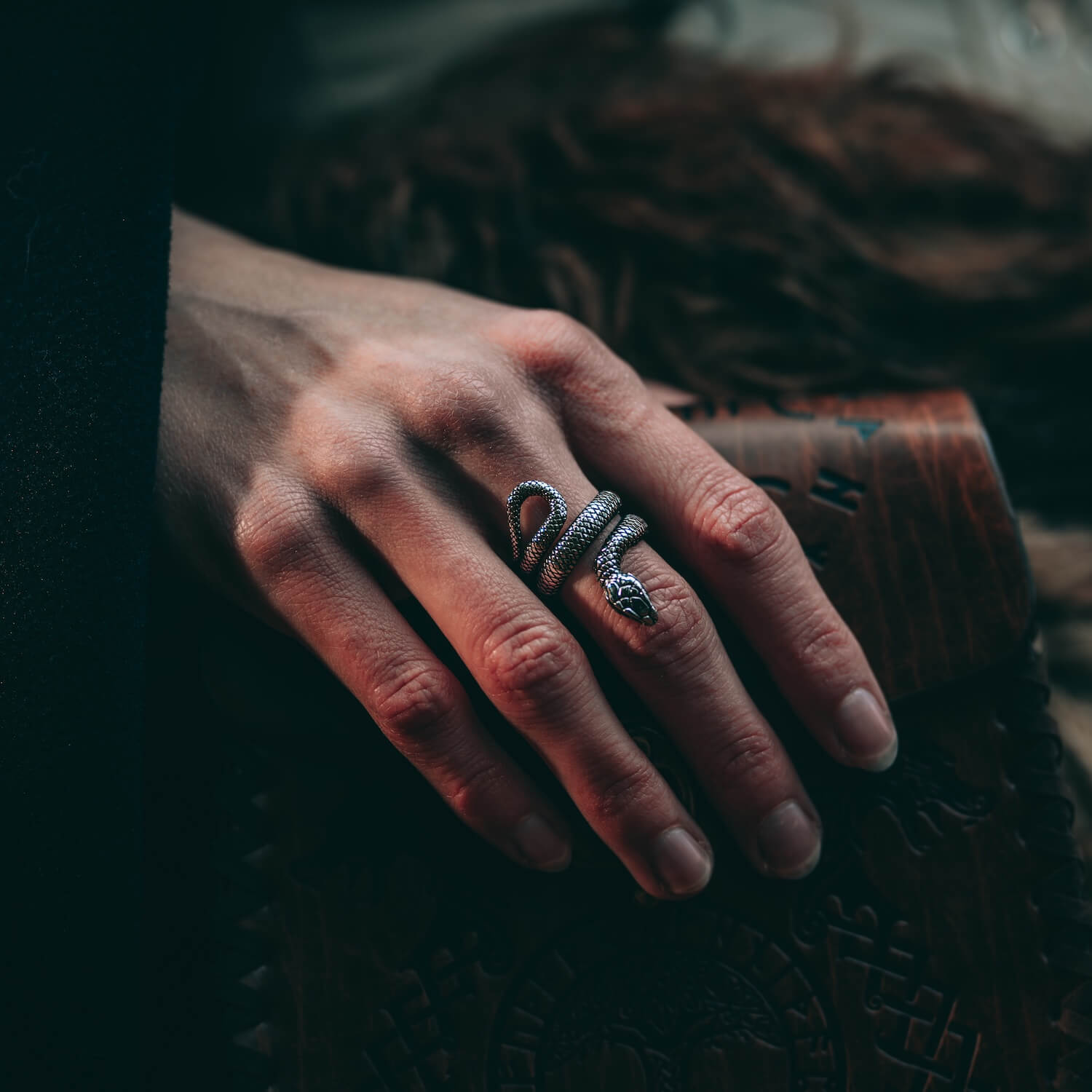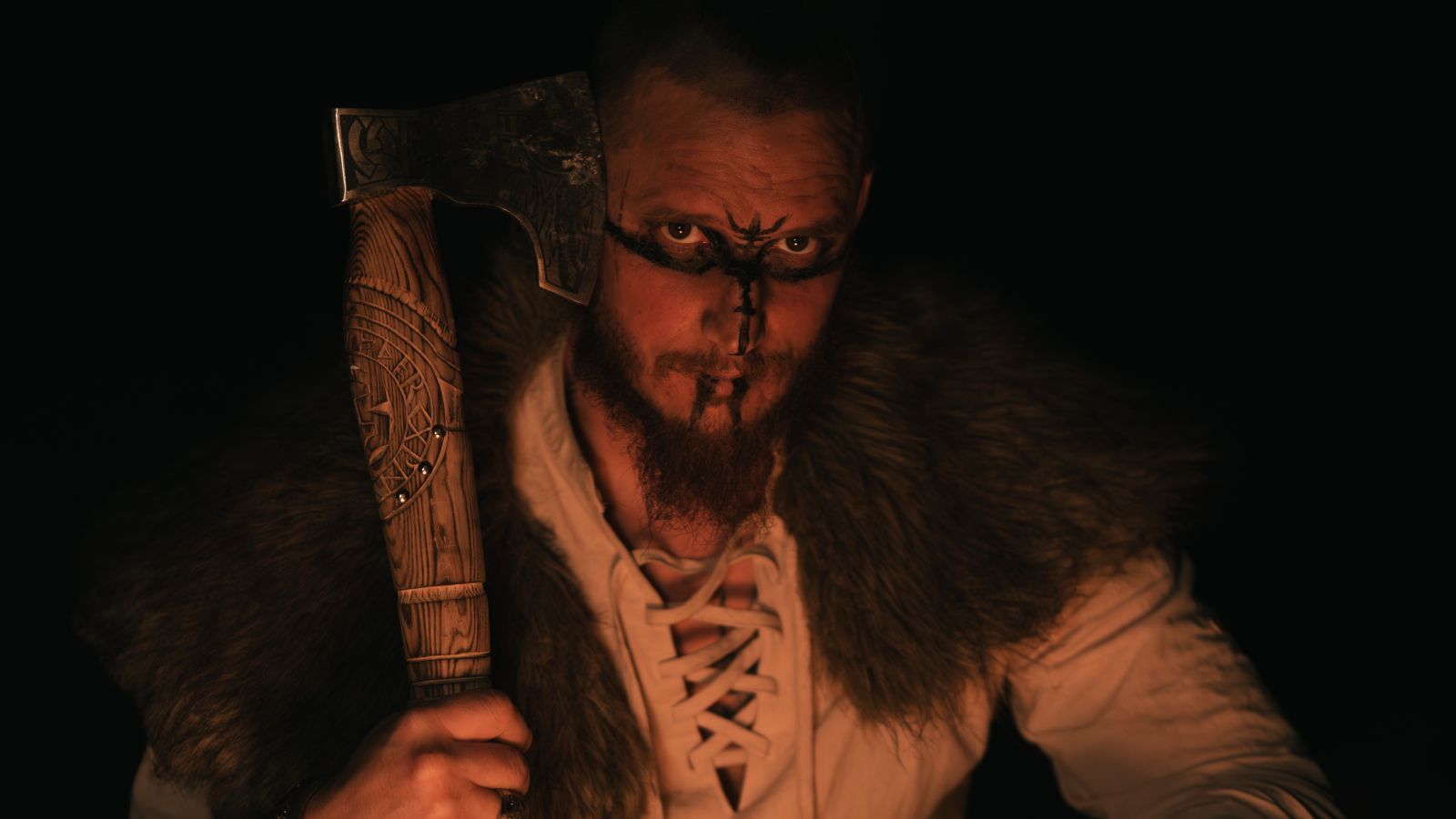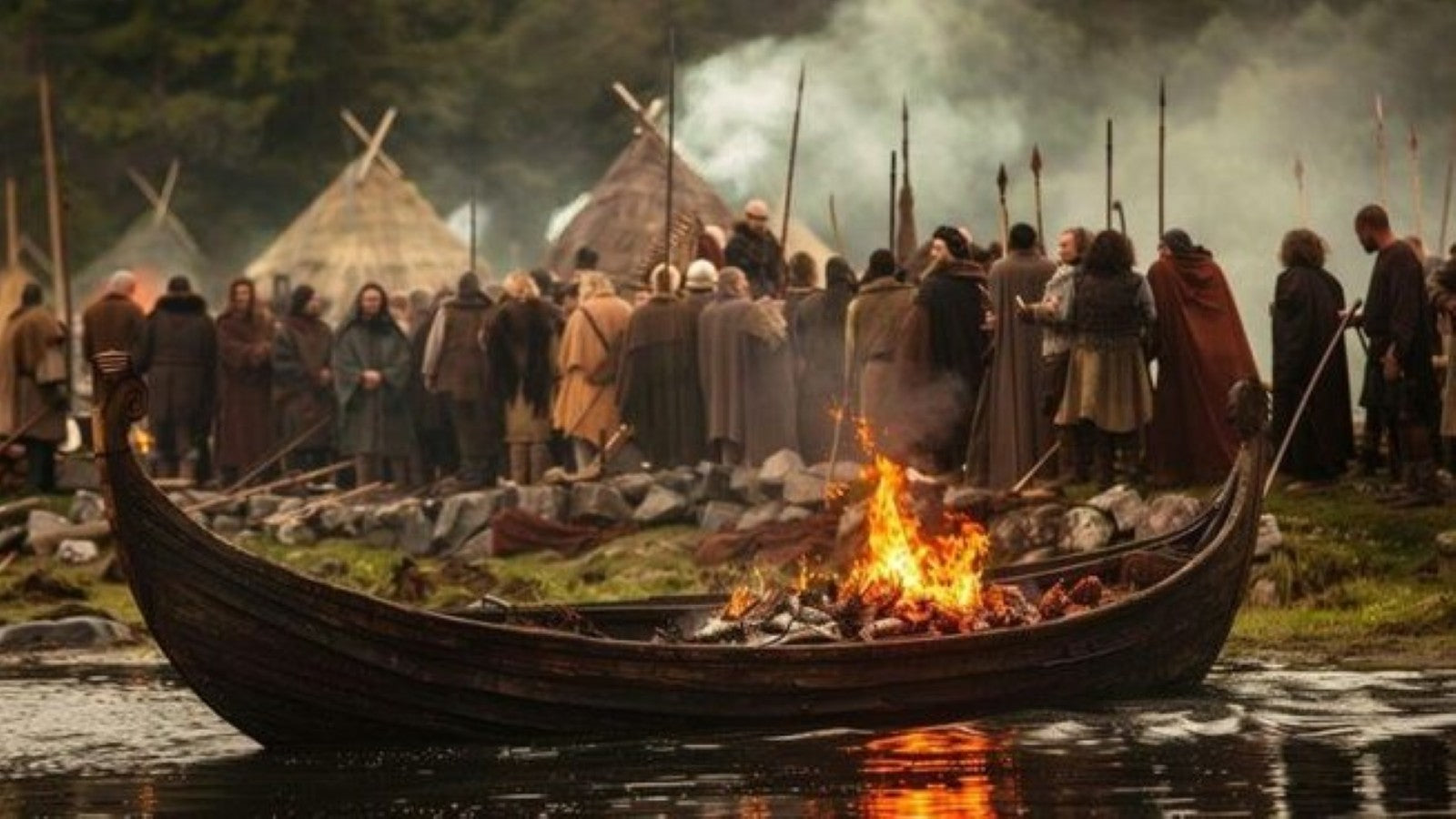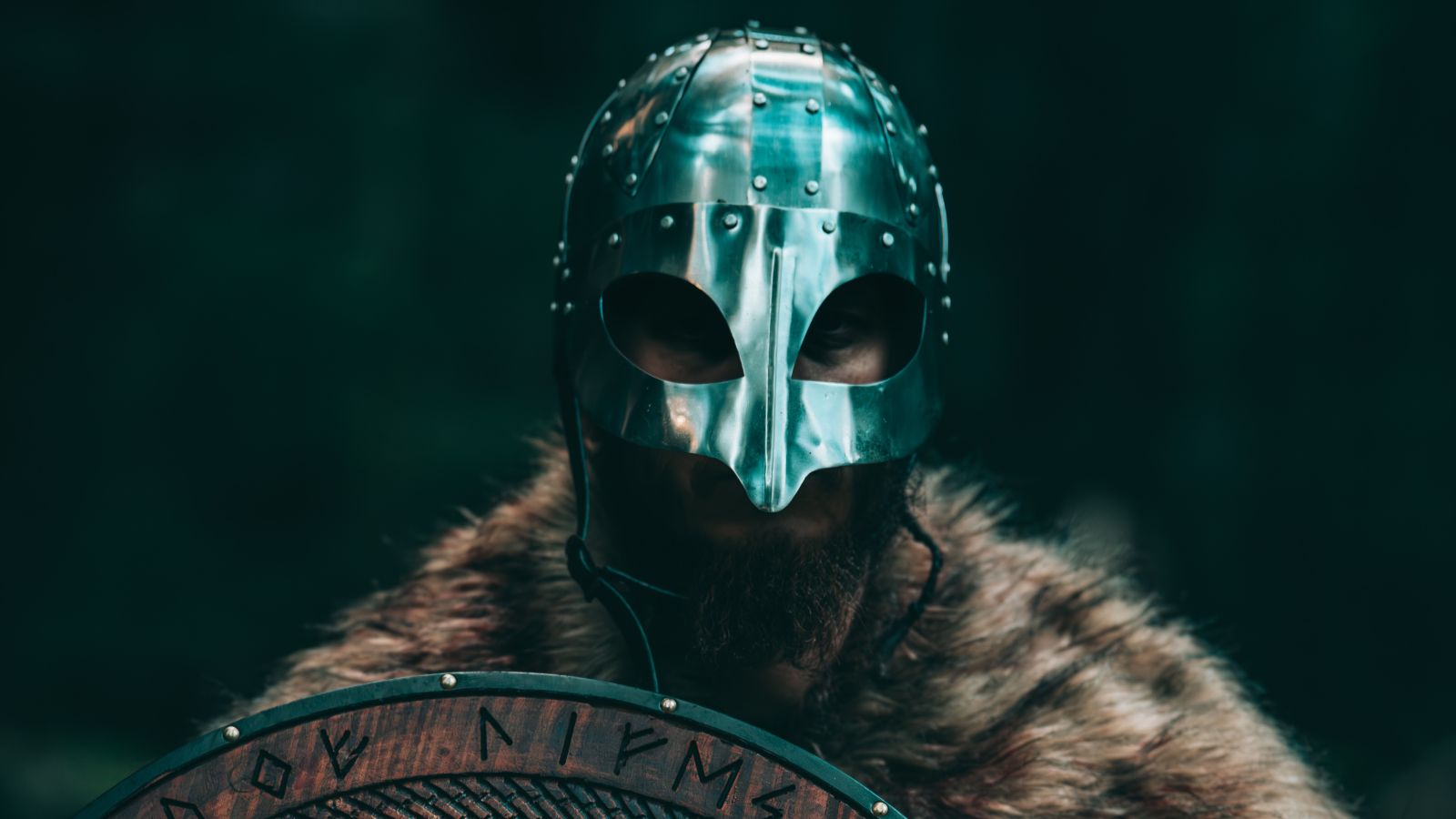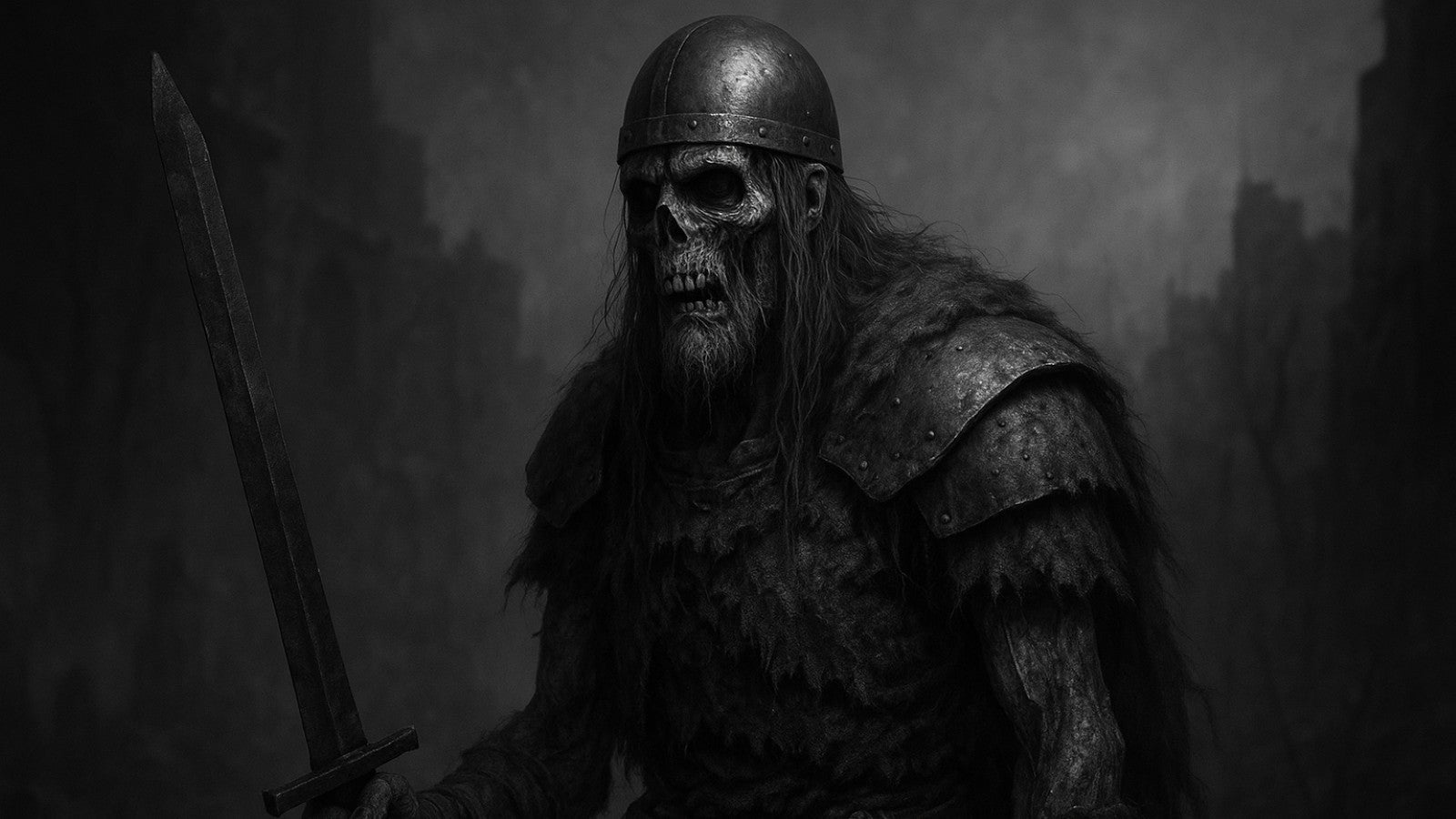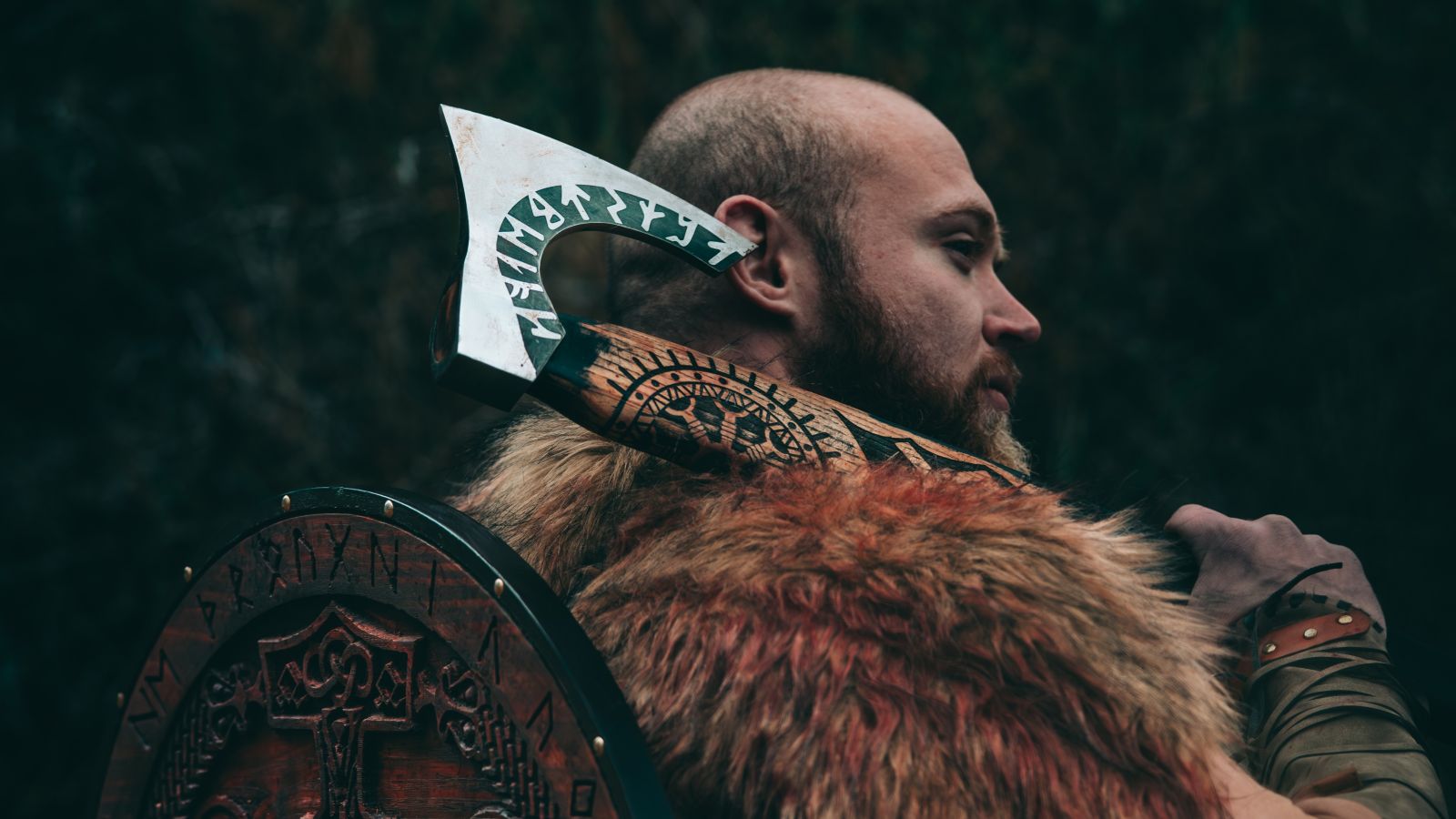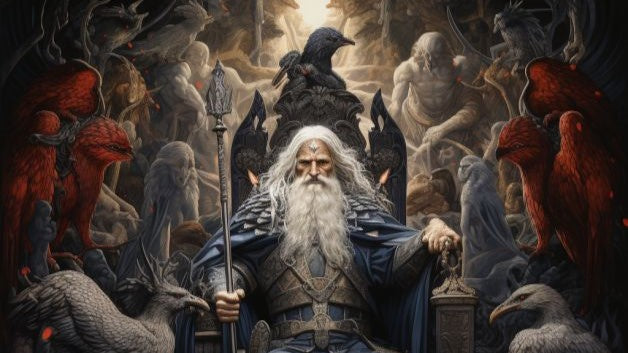
Unraveling the Intricacies: Exploring the Family Tree of Norse Gods
Norse culture stands as one of the most captivating and complex mythological systems in history, filled with gods, giants, and otherworldly beings whose tales intertwine in a vast cosmic drama. At the heart of this intricate tapestry lies a family tree that traces the lineage of the Norse gods, illuminating the interconnectedness of their divine kinship and the profound impact they have on the cosmos.
The Progenitors:
In the primordial chaos of Ginnungagap, the void before time, the first beings emerged: Ymir, the primal giant, and Audhumla, the cosmic cow. Ymir, born from the mingling of fire and ice, gave rise to the frost giants, while Audhumla nourished him with her milk, sustaining the cycle of creation and destruction that would shape the world.
The cosmos of Norse mythology is divided into three primary realms: Asgard, realm of the Aesir gods; Vanaheim, domain of the Vanir gods; and Jotunheim, home to the fierce giants. These realms are interconnected by the branches of Yggdrasil, the world tree, which stands at the center of the cosmos, linking the realms together in a cosmic axis.
The Aesir:
At the summit of the Norse pantheon sits Odin, the Allfather, a figure of wisdom, warfare, and magic. Alongside him stand his sons Thor, the thunder god and protector of mankind, and Balder, the beloved god of light and purity. Odin's brothers Vili and Ve played crucial roles in the creation of the world, aiding him in shaping the destiny of gods and mortals alike.
Beyond Odin's immediate family, the Aesir gods include a host of divine beings, each with their own domain and sphere of influence. Tyr, the one-handed god of justice and war, sacrificed his hand to bind the monstrous wolf Fenrir. Heimdall, the watchman of the gods, guards the rainbow bridge Bifrost, which connects Asgard to the realms below. Bragi, the god of poetry and eloquence, inspires mortals and immortals alike with his golden tongue.
The Vanir:
In Vanaheim, the Vanir gods preside over the bounties of nature, fertility, and prosperity. Njord, the sea god, rules over the oceans and winds, while his children Freyr and Freyja embody the powers of fertility, love, and abundance. The Vanir gods are closely attuned to the rhythms of the natural world, guiding the cycles of growth, harvest, and renewal.
The Giants:
Jotunheim, the realm of the giants, is a place of primal chaos and untamed wilderness. Giants come in many forms, from the mountainous frost giants to the fiery sons of Muspelheim. Among them is Loki, the cunning trickster, whose schemes and machinations often bring chaos and discord to the world of gods and mortals. Despite their antagonistic relationship with the Aesir, the giants play a crucial role in the balance of the cosmos, embodying the forces of destruction and renewal.
In the tapestry of Norse mythology, every god, giant, and mortal plays a vital role, contributing to the ongoing saga of creation, destruction, and renewal. Through their tales, glimpses emerge of the eternal struggle between order and chaos, fate and free will, and the enduring legacy of the gods in the hearts and minds of humanity.

